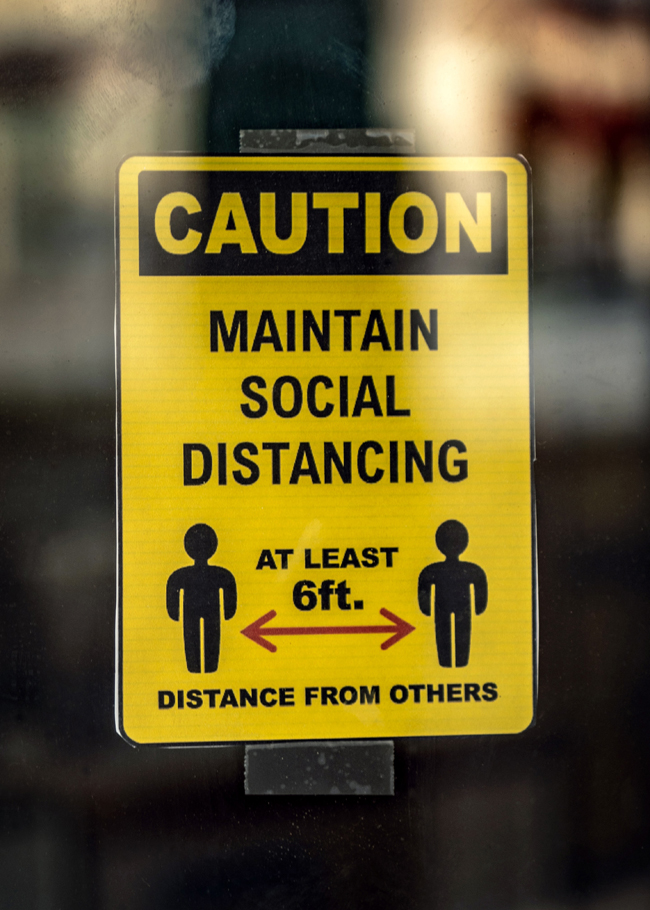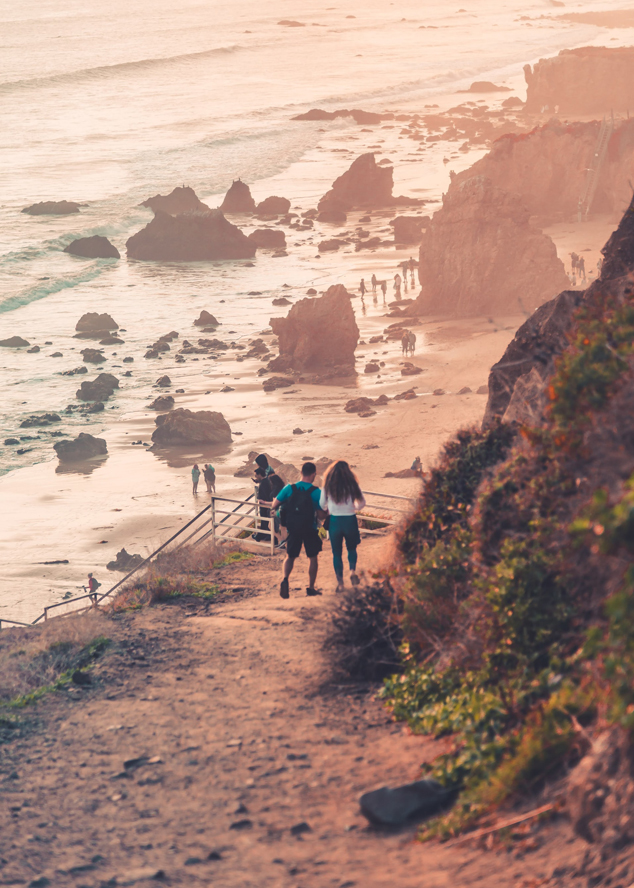
With a little bit of caution, going to the beach is an outdoor activity we can all benefit from this summer. At the time of this writing, the rate of COVID-19 infection was rising in 22 states. The fight is long from over. But quarantine fatigue is real and we all need to find ways sustainable ways to practice social distancing. Going to the beach is a therapeutic outdoor activity where we can do just that, so long as we remain mindful. Here are 9 suggestions to keep yourself and others safe while enjoying the beautiful ocean waves.

1. Drive to the beach separately. If you’re a drive away from the beach, it may be tempting to want to carpool with another family. But remember what makes the beach an attractive alternative: it’s an outdoor activity. Being confined together in a small enclosed space like a car is the perfect breeding ground for spreading COVID-19. So as tempting as it may be to save same gas, drive to the beach separately if you are planning to meet friends or people outside of your immediate household.
2. Check your city guidelines. Every city and state has their own guidelines. While some allow lying out on the sand, many cities, like mine, currently do not. If you’re city allows lying down on the sand, bring a large picnic blanket or the stay away blanket to encourage social distancing from others.
3. Go during the week if you can. It’s much easier to keep your distance when the beach is less crowded. Avoid holidays. And if possible, try to go earlier in the day or during the week to avoid the crowds.

4. Stand more than 6 feet apart. With nature’s waves pushing against you, it’s easy to lose your balance. So be sure to stand more than six feet apart to account for the possibility of falling over.

5. Bring hand sanitizer and wipes. Make sure to sanitize your hands now and then as a precaution. The wipes will come in handy if you need to wipe down anything as well.
6. Wear a mask. Not everyone’s doing it, but the law requires you to wear one. By wearing a mask, you are greatly doing your part to fight COVID-19. Plus, many masks come with UV protection so they can work double duty to protect against sun and prevent sun damage on your face.

7. Bring hats and sunglasses. Many beaches don’t allow for parasols and the setting up of tents. So bring a hat and sunglasses for your own personal shade.

8. Bring water. Wearing a mask makes you feel suffocated. If this happens, take your mask off after making sure you’re six feet away, breathe in some ocean cool air, and hydrate yourself.

9. Have a plan B. You’ve seen the photos. It’s very possible the beach will get overcrowded. Having an alternative plan like going on a hike or picnicking at a local park can help you from succumbing to compromising situations.





